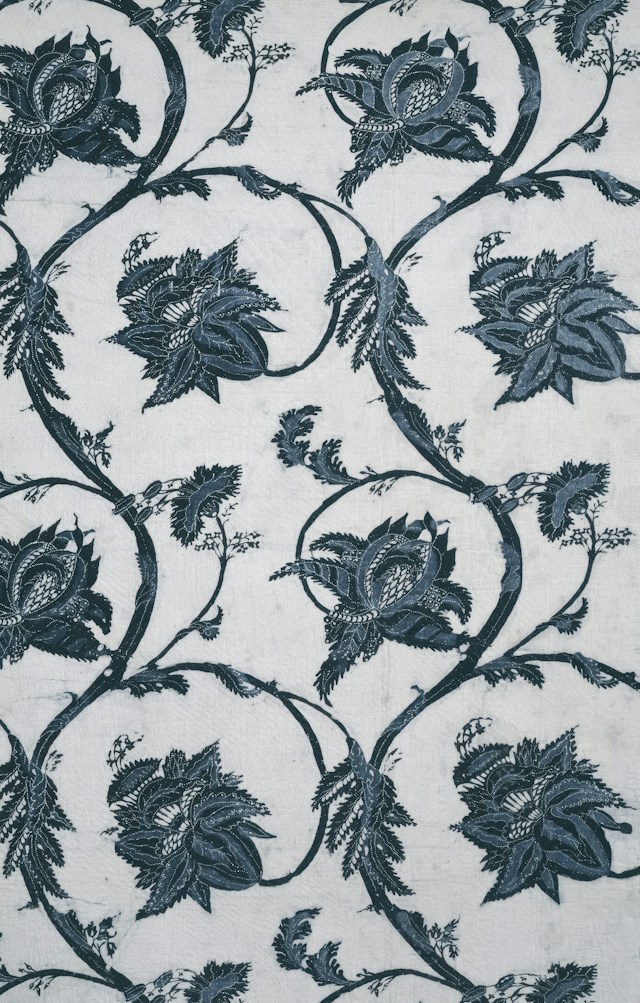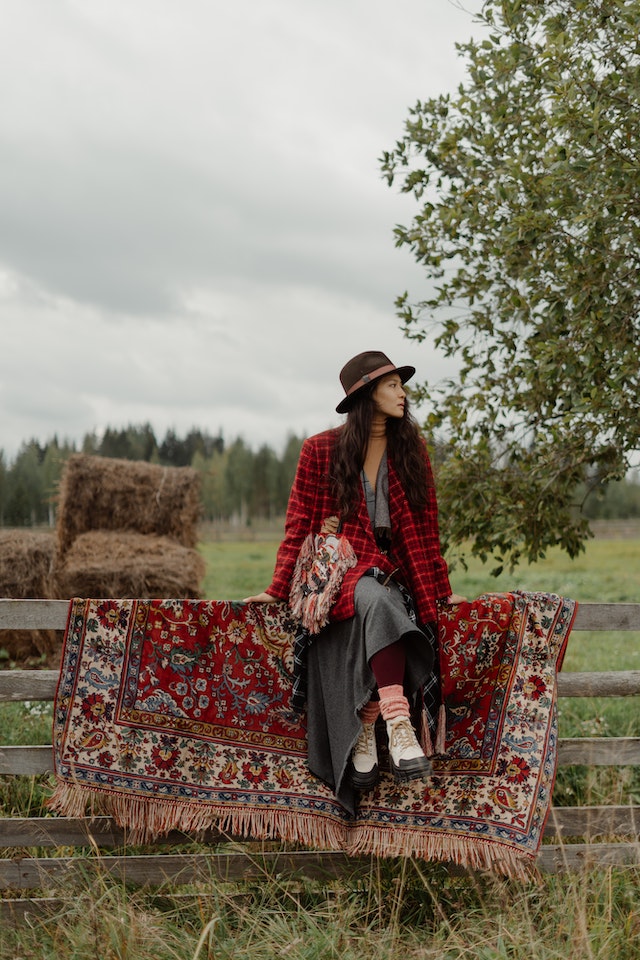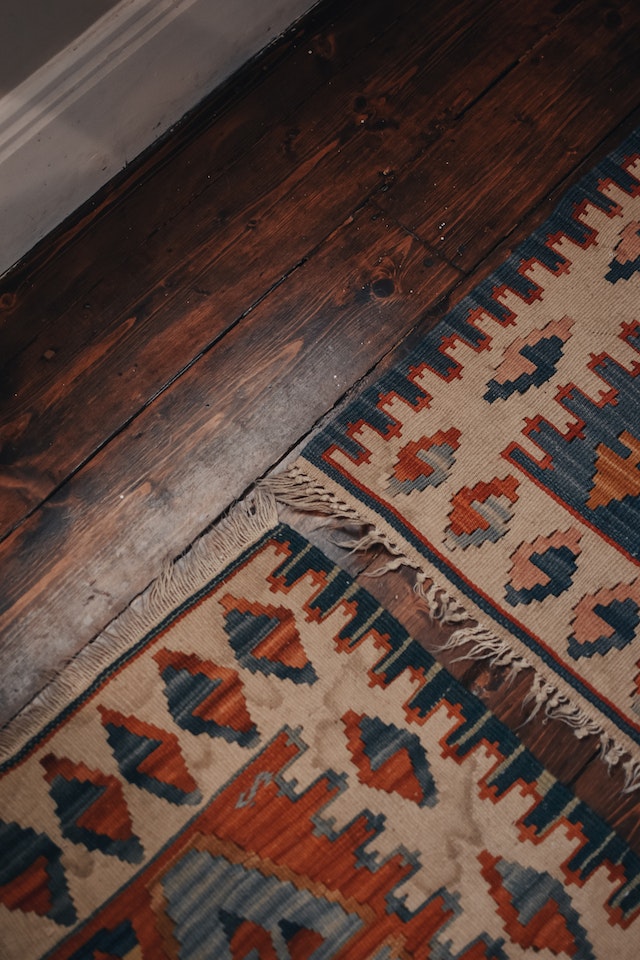old native american wool rugs
Historical significance and cultural importance of these rugs
Native American wool rugs hold immense historical significance and cultural importance. These exquisite creations embody the rich traditions and stories of the indigenous peoples who meticulously crafted them. The vibrant colors, intricate patterns, and superior craftsmanship make these rugs a treasured legacy that reflects the unique heritage of Native Americans.
These rugs have deep-rooted historical significance as they provide a glimpse into the lives and experiences of Native American communities throughout history. Each rug tells a story, representing significant events, spiritual beliefs, or daily life activities. They serve as captivating artifacts that chronicle the evolution of Native American cultures over centuries.
Furthermore, these rugs hold cultural importance by preserving indigenous art forms and traditional weaving techniques. The knowledge passed down from generation to generation is encapsulated within every thread, showcasing the expertise and talent of Native American weavers. Their distinctive designs often symbolize spiritual connections with nature or ancestral spirits, fostering a sense of identity and belonging within their respective tribes.
Additionally, these rugs play a crucial role in promoting cultural awareness and appreciation among diverse communities worldwide. Through exhibitions and displays in museums or private collections, people can engage with these remarkable pieces of artwork. By understanding their historical context and cultural significance, individuals can develop a deeper respect for Native American traditions and gain insight into their profound contributions to society.
In conclusion, old Native American wool rugs possess both historical significance and cultural importance that extend far beyond their aesthetic allure. They are tangible representations of indigenous narratives and artistic expressions that have shaped Native American cultures for generations. Preserving these rugs not only ensures their physical longevity but also safeguards the invaluable legacies they embody.
how do i prove my native american heritage



